If you look online right now for American Buttercream Frosting, you will probably find 22,394,798,705 results with the same exact ingredients, differing only slightly. So, why did your decorated cake look so different? Why does it look easier for other people to frost cakes? What makes American Buttercream smooth? What makes American Buttercream creamy? What makes American Buttercream white?
I’ve been asked a million times over the years of blogging, cake decorating workshops, and owning my special cake order business: What is the best frosting for decorating cakes? Truthfully, I’ve been hesitant to put it on the blog because there are so many variables. I’ve made probably a million batches and they’re not promised to turn out the same every time.
However, there are some tips, tricks, methods, and madness that I’ve learned over this last decade of caking. So, let’s get to it, shall we?
The Perfect American Buttercream Frosting for Decorating a Cake
- The temperature of the butter matters more than you think. Your butter temperature is the most important when it comes to American Buttercream. If it’s too cold, it will get clumpy in the mixer making it easier for air to get trapped. Butter should be around 68-70 degrees. You should be able to press your finger through the butter without using great force. Room temperature will differ from house to house so get to know your butter.
- The less air the better. You might have been taught to whip your frosting. Please don’t! It will make decorating cakes way more difficult. The less air, the more silky-smooth. The less air, the less crusty over time. The less air, the better peaks. We keep the mixing minimal and on low.
- When mixing, a paddle attachment is the way to go. A paddle attachment with a rubber scrapper is even better.
- Take the time to warm up the whole milk. It’s a small step that helps out immensely. Warming the milk to room temperature allows the frosting to keep its form and prevents the butter from clumping again.
- Adding too much milk can cause the American Buttercream to separate. So, add it slowly.
Why isn’t my American Buttercream White?
American Buttercream is yellow by nature because of the butter. If you use Whole Foods brand butter, it doesn’t have as much of a yellow tint to it. However, I just prefer to keep Americolor Bright White on hand.
Why isn’t my American Buttercream Smooth?
It’s more than likely because your butter was too cold to begin with. Try soaking a washcloth in warm water, ring it out and wrap it around the bowl of the standing mixer and mix for a little longer.
Why don’t I get stiff peaks from my American Buttercream?
It’s possible that you have too much air in your frosting. This isn’t impossible to fix. Take a rubber spatula and press the frosting against the bowl to release any excess air. Continue pressing until the buttercream is smooth and creamy. It might take around 10-15 minutes, but you’ll get there! Try working in smaller batches if it’s too hard.
Why is my American Buttercream Grainy?
A powdered-sugar-based frosting is by nature going to produce a grainy buttercream. Especially when compared to a meringue buttercream where the sugar granules melt completely into the egg whites. The longer it sits, the grainier it becomes. However, it’s also a sign that you may have used too much powdered sugar in your frosting. Try adding a little more milk.
Why is my American Buttercream Separating?
It’s a temperature issue. It’s called splitting. Don’t be discouraged, try to let it sit for about 10 minutes before mixing again.
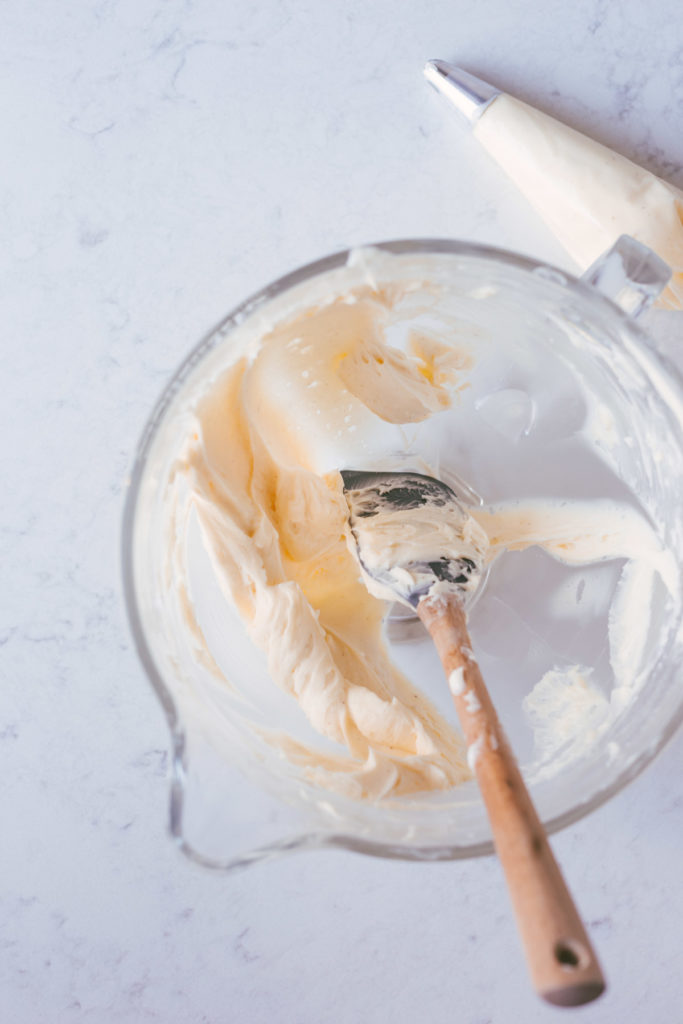
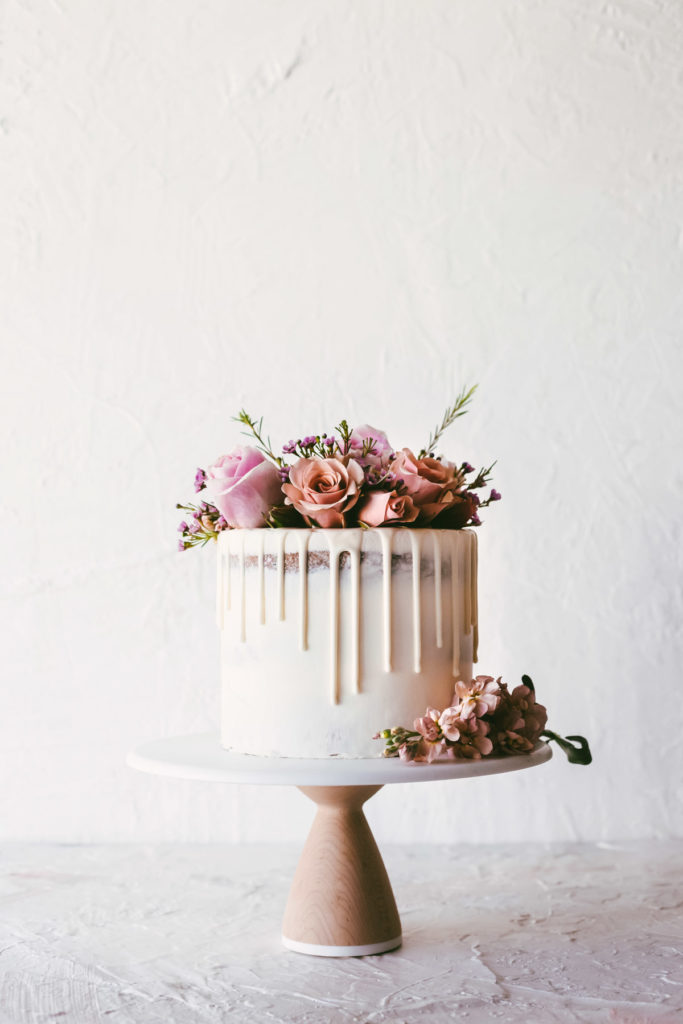
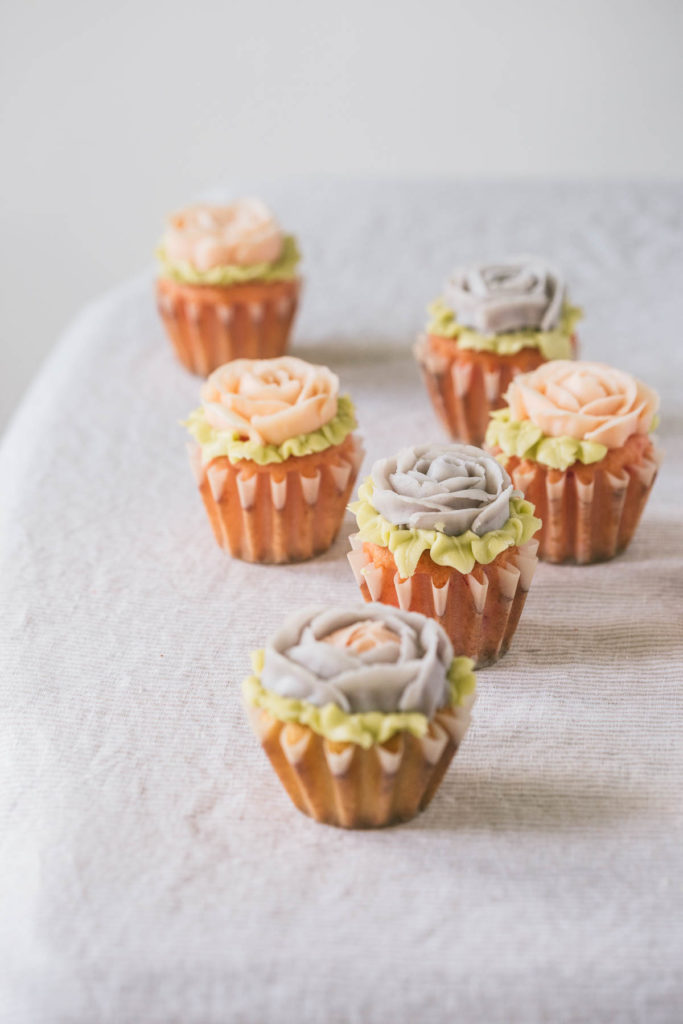
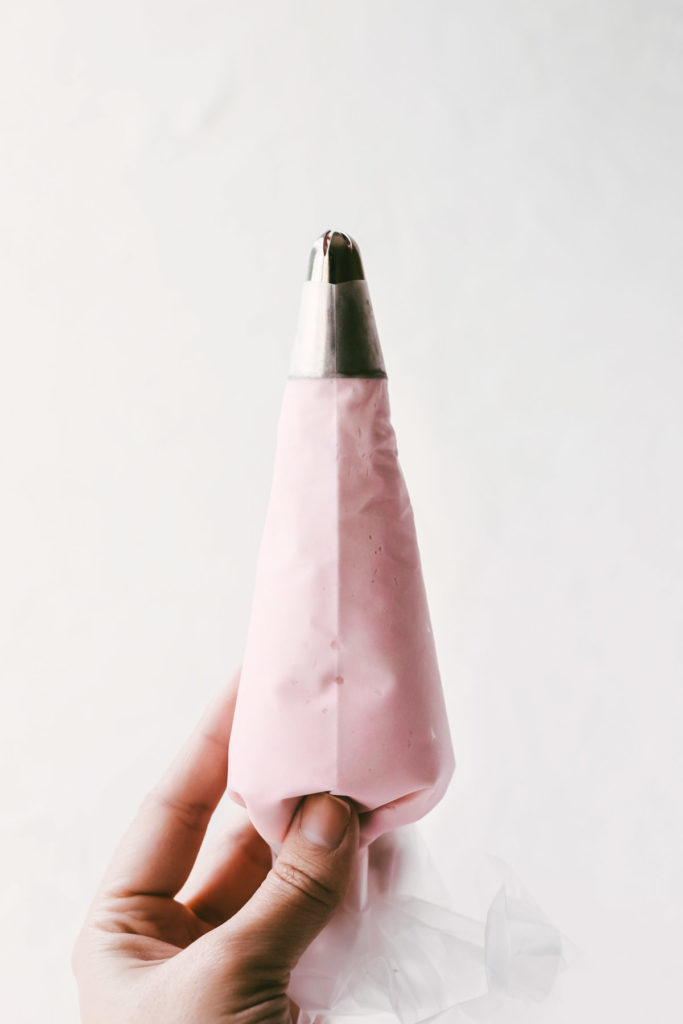
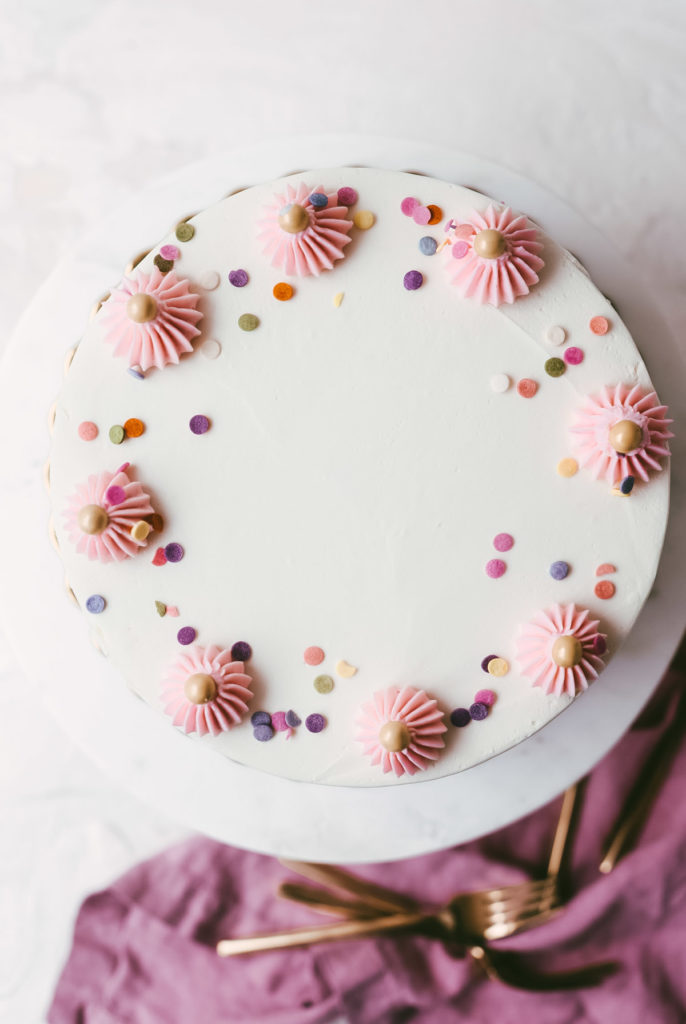
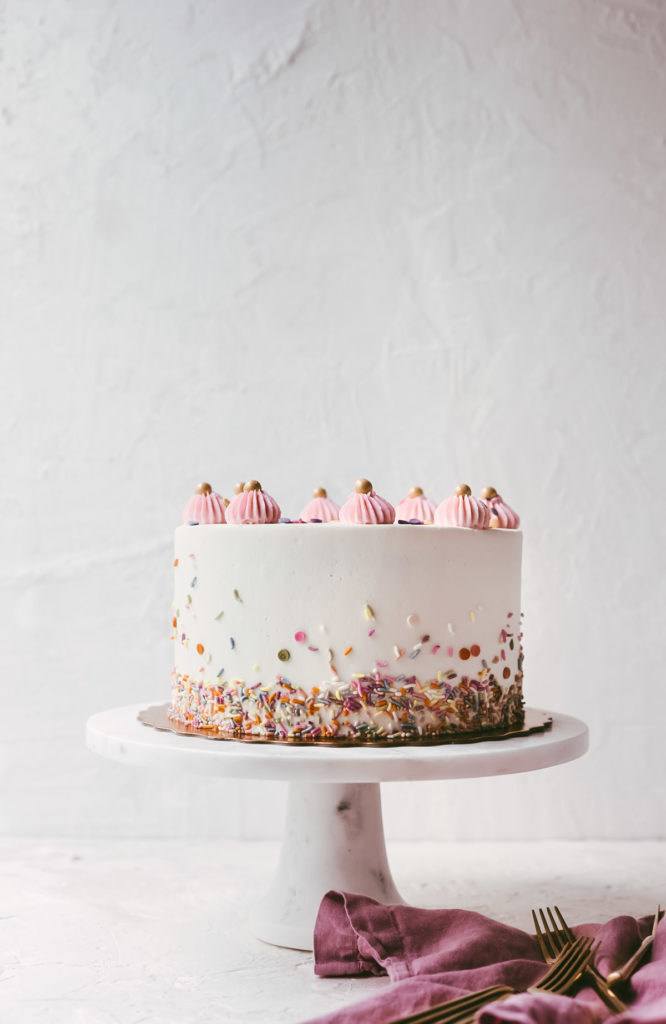
The Perfect American Buttercream Frosting for Cake Decorating
This is the best-detailed recipe for American buttercream frosting that is easy and perfect for decorating cakes.
- Prep Time: 15 minutes
- Total Time: 15 minutes
- Yield: about 3 cups 1x
Ingredients
4 sticks sweet cream butter
4 cups powdered sugar
2 teaspoons vanilla bean paste
3 tablespoons whole milk, warm
pinch of salt
Instructions
The butter should be room temperature, about 70 degrees. You should be able to press your finger into the stick of butter easily.
In a standing mixer with a paddle attachment (the rubber scraper paddle is preferable), slowly mix the butter and the vanilla bean paste together just until combined. Add the powdered sugar slowly while the mixer is set to its lowest setting.
As soon as the butter and powdered sugar are mixed, add the warm or room temperature whole milk and pinch of salt. Mix using the lowest speed for 10 seconds, scrape down the sides of the bowl, and mix on low for another 10 seconds.
Lift the standing mixer. The frosting should easily separate from the paddle. If it’s still too firm, add 1 additional tablespoon of warm milk and mix until combined.
With a rubber spatula, press the frosting against the sides of the bowl to eliminate any air bubbles.
Notes
If making ahead of time, place in a zip-lock bag. Over time, air bubbles will re-populate and make the frosting difficult to spread. Before use, massage the bag with warm hands. Mix in stand mixer before use.
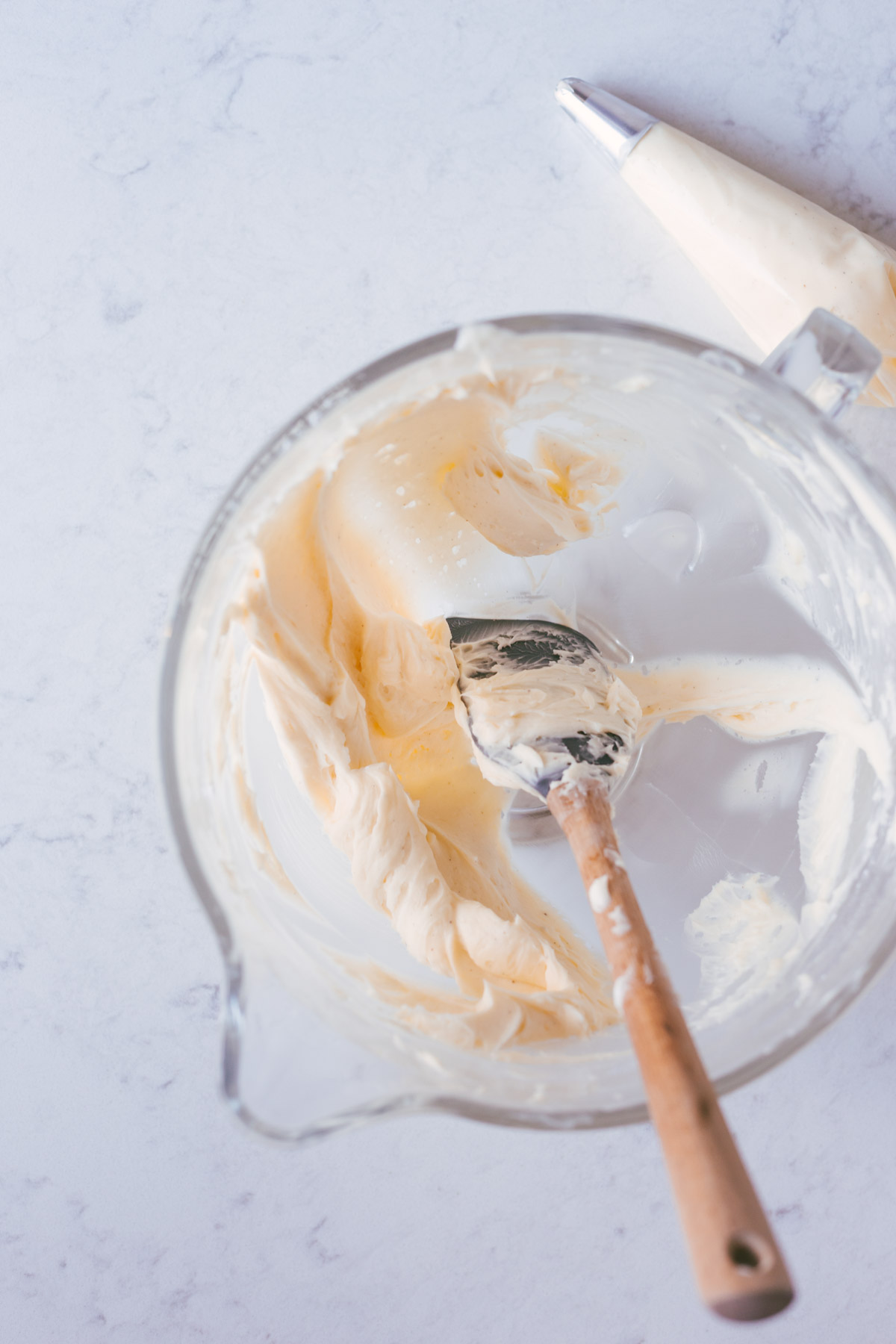
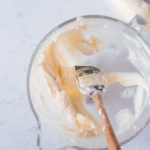
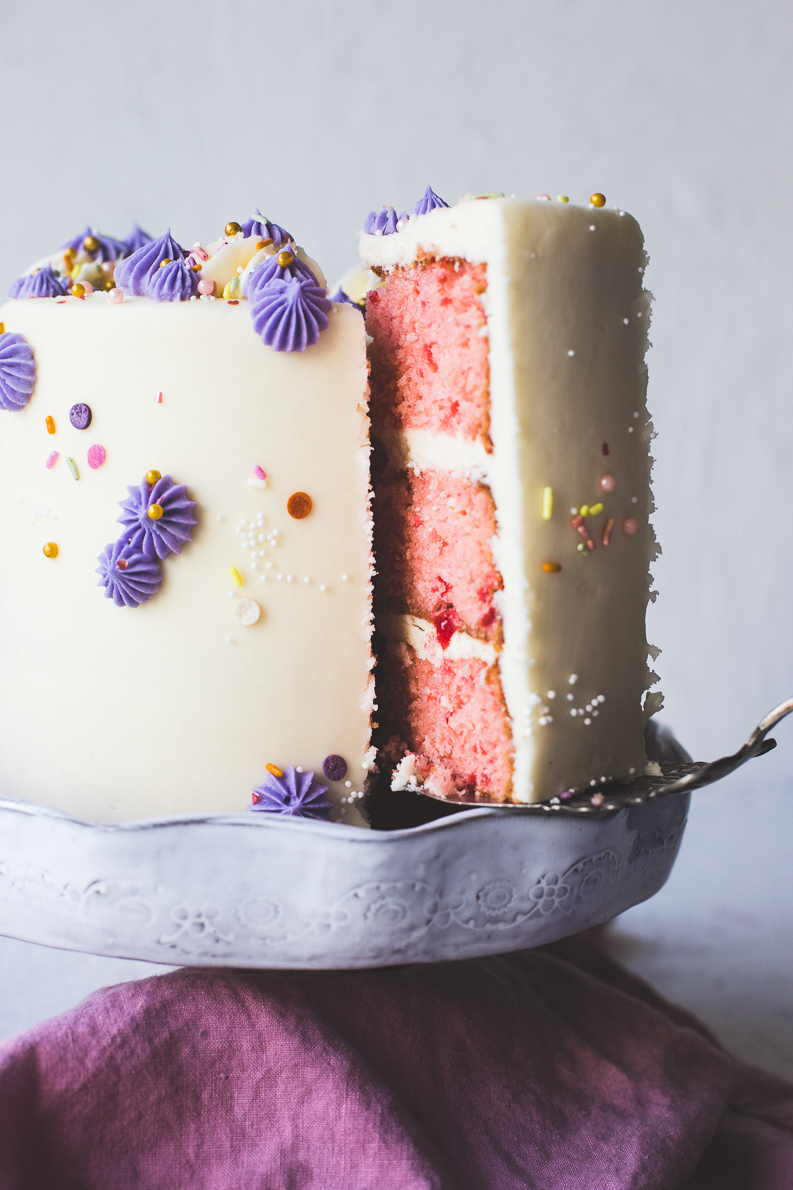


I love this buttercream and the method in how it’s made. Very nice
Just checking….2 cups butter for 4 cups powdered sugar?
I felt compelled to answer your question lol. After doing a lot of research on buttercream myself, I would say that yes, those measurements are correct. Although it may seem like a disproportionate ratio, your buttercream with be smooth rather than grainy. There is a limit to how much powdered sugar will dissolve in butter. Hope that helps!
It’s a 21 century, but your recipe in some sticks and cups …. waist of time